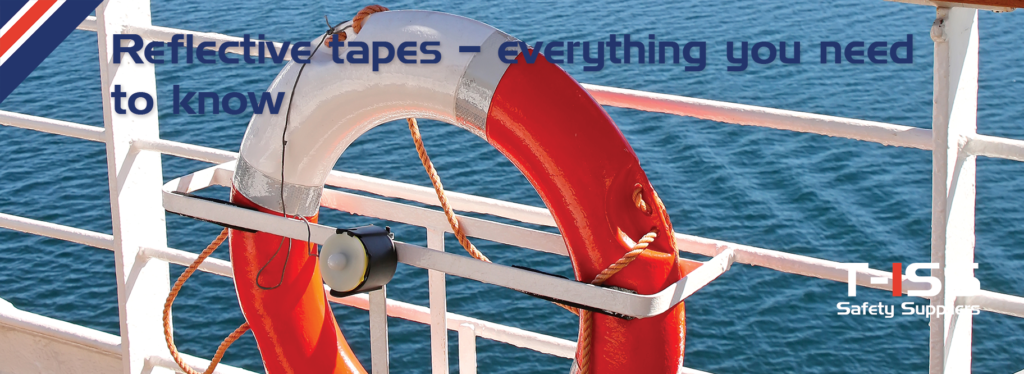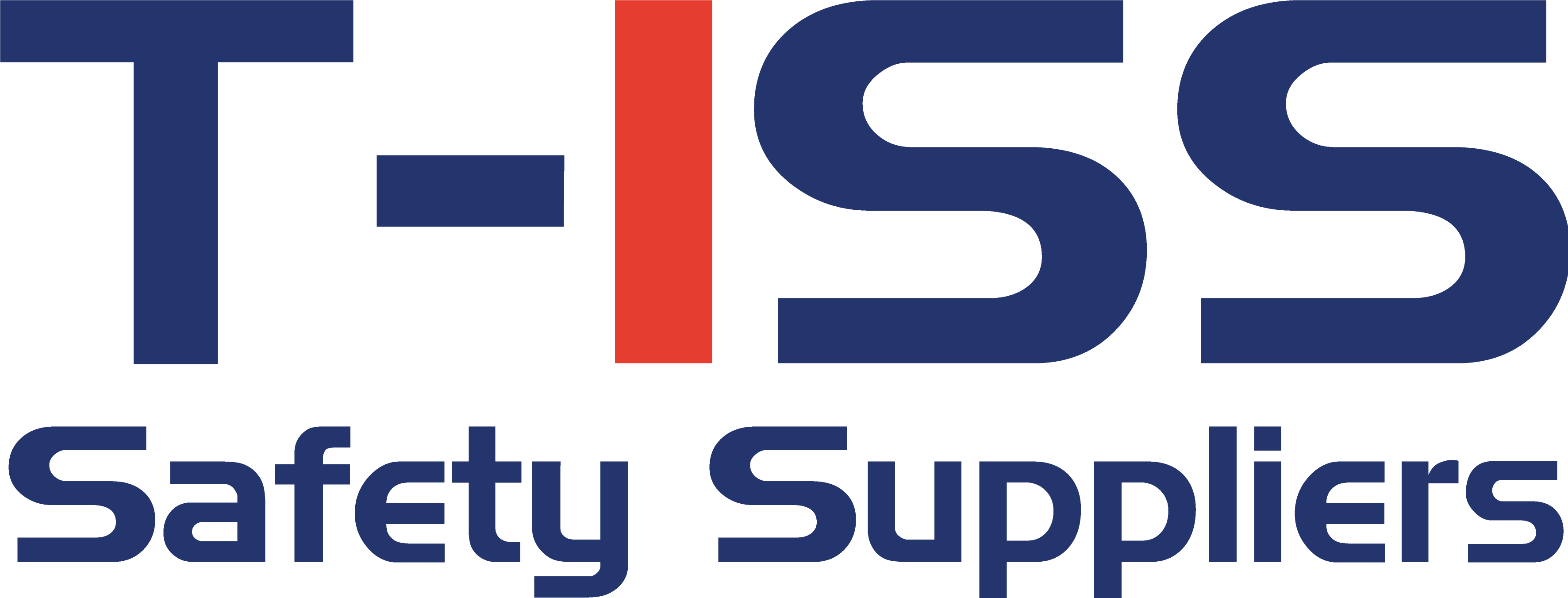Posted by Nicky Smol on April 13, 2023 in Other news

SOLAS reflective tape, also known as SOLAS (Safety of Life at Sea) tape, is a specific tape with reflective properties that meets all requirements set by the International Maritime Organization (IMO) for maritime safety. These tapes are used in the maritime and offshore industries to increase safety on ships. They are designed to enhance visibility at sea.
Our tape contains retro-reflective properties, which means that the tape reflects light back toward its source, making it highly visible from a distance. It helps improve the identification and location of, for example, lifejackets, life rafts, and lifeboats. Critical in emergency situations.
SOLAS reflective tape plays a crucial role in enhancing safety at sea by making important equipment and crew more visible in low-light and emergency situations. It’s specifically designed for use on liferafts, lifejackets, lifebuoys, and other maritime safety gear, ensuring they can be easily spotted during search and rescue operations, especially at night or in poor weather.
Meeting SOLAS (Safety of Life at Sea) regulations, this reflective tape is not only highly visible when illuminated but also extremely durable. It is made to withstand harsh maritime conditions such as saltwater, wind, and UV exposure, ensuring long-lasting effectiveness.
By using SOLAS reflective tape, you’re helping to increase the safety of your crew and equipment. It allows rescuers to quickly identify safety gear in emergency situations, making it an essential addition to any vessel’s safety equipment.
At T-ISS, we offer you the best SOLAS reflective tapes on the market. Our reflective tapes are type II approved A658(16). This means they can be used inside and outside (Type I can only be used indoors). The tapes are highly weather resistant to continuous outdoor exposure. They are designed specifically for the offshore and marine industries and have a long lifespan.

Reflective tape used in maritime and safety applications must meet specific standards to ensure visibility and durability in challenging conditions. The primary standard for maritime reflective tape is set by SOLAS (Safety of Life at Sea), which governs the use of reflective materials on lifeboats, lifejackets, and other safety equipment. SOLAS-certified reflective tape, such as the one from T-ISS, must be highly visible under low-light conditions and maintain reflectivity even after exposure to harsh marine environments like saltwater, UV rays, and extreme temperatures.
The IMO (International Maritime Organization) and ISO 12402 also provide guidelines for the performance and application of reflective materials, particularly for life-saving equipment. These standards ensure that the reflective tape adheres properly, resists degradation, and remains functional throughout the equipment’s service life.
When it comes to the safety of your crew, there is no room for mistakes. That is why certain objects on your vessel should always be highly visible. Our Solasflex Retro Reflective tape can be used for:
The requirements for retro-reflective tape on a lifeboat are governed by SOLAS (Safety of Life at Sea) regulations, which ensure visibility and safety during search and rescue operations. Here are the key requirements:
The retro-reflective tape used on lifeboats must comply with IMO Resolution A.658(16), which mandates that the tape must reflect light efficiently, even in low-light conditions. This ensures the lifeboat is easily visible when illuminated by searchlights or other light sources.
Each lifeboat must have at least 150 square centimeters of retro-reflective material applied to each side. This material should be placed on the lifeboat’s uppermost surfaces, so it’s visible from multiple angles—both from the air and at sea level.
The tape must be able to withstand harsh marine conditions, including exposure to saltwater, UV rays, extreme temperatures, and physical wear. It must retain its reflective properties even after prolonged exposure to these elements.
Retro-reflective tape must be applied in strips or patches around the perimeter of the lifeboat, particularly along the sides, top, and bottom. The tape should be positioned to ensure maximum visibility from all directions, including from the air, to aid in search and rescue operations.
Follow these steps to apply the tape:
Want more information about our tapes? Please feel free to contact us anytime.
Helmkamp 32-34
7091HR Dinxperlo
The Netherlands
Mail: sales@t-iss.com
Tel: +31 (0) 315 656060
Fax: +31 (0) 315 656063
